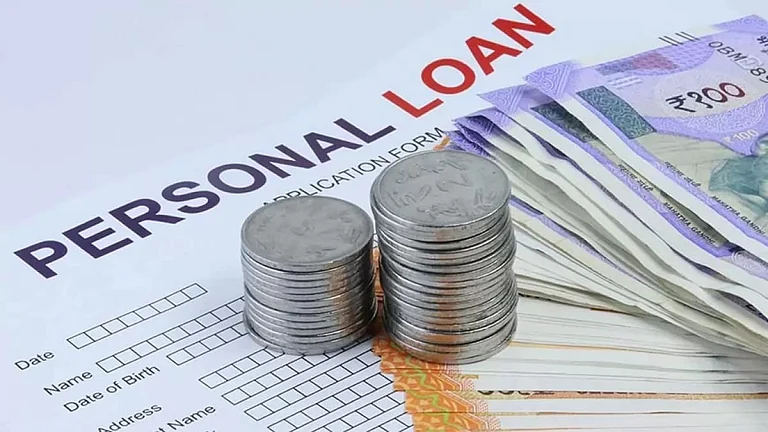The Reserve Bank of India (RBI) will soon let borrowers take loans against silver jewellery and coins. For years, lenders accepted only gold as collateral. Now, under the RBI (Lending Against Gold and Silver Collateral) Directions, 2025, banks, non-banking financial companies (NBFCs) and housing finance companies (HFCs) will also be able to offer loans against silver jewellery and coins starting April 1, 2026.
What Borrowers Can Now Pledge
Under the new rules, borrowers can pledge up to 10 kg of silver jewellery or 500 grams of silver coins. However, silver bullion like bars or bricks, or financial assets backed by silver, such as silver-backed exchange traded funds (ETFs) and mutual funds will not be eligible. The RBI has made this restriction due to macro-prudential concerns to prevent financial instability.
Importantly, farmers and small enterprises who qualify for collateral-free loans up to Rs 2 lakh will remain eligible for such unsecured credit. They can choose to pledge silver if they wish, but banks cannot compel them to do so.
How Much Loan Can You Get
The RBI has set the loan-to-value (LTV) limits as follows:
For smaller loans of up to Rs 2.5 lakh, lenders will be allowed to offer up to 85 per cent of the silver’s assessed value.
For mid-sized loans between Rs 2.5 lakh and Rs 5 lakh, the maximum LTV is 80 per cent.
For larger loans above Rs 5 lakh, borrowers can get up to 75 per cent of the collateral’s value.
In simpler terms, this means if your silver jewellery is worth Rs 1 lakh, you can get a loan of up to Rs 85,000. For higher-value collateral, for instance on silver jewellery worth Rs 6 lakh, the maximum loan you can get would be about Rs 4.50 lakh.
How Silver’s Value Will Be Determined
The value of silver will be determined using the lower of two following benchmarks:
The average closing price of silver of the same purity over the last 30 days, or
The closing price of silver of that purity on the previous day
These rates will be based on data published by the India Bullion and Jewellers Association (IBJA) or by a commodity exchange regulated by the Securities and Exchange Board of India (Sebi).
To improve transparency, the RBI has made borrower’s presence mandatory during the inspection of pledged silver. Both weight and purity details are required to be recorded in front of the customer.
How Recovery And Default Will Be Handled
Lenders will be required to follow stricter timelines and safeguards while handling pledged silver and gold. Once a borrower clears the outstanding loan, the collateral must be returned within seven working days. Any delay on the lender’s part will invite a penalty of Rs 5,000 per day.
In case of a default, lenders will be allowed to auction the pledged silver, but the sale price cannot fall below 90 per cent of its prevailing market value. If a loss still arises despite adhering to the guidelines, the RBI has put in place compensation provisions to ensure borrowers are not unfairly burdened. Pledged items that remain unclaimed for more than two years will also have to be flagged, and lenders must make reasonable efforts to trace the rightful owner before initiating any further steps.
What It Means For Borrowers
The introduction of silver-backed loans comes at a time when silver prices are hovering near record highs. Over the last one year, silver prices have delivered more than 75 per cent return.
According to goodreturns.in, silver quoted a price of Rs 1,69,000 per kg.
The RBI’s decision is expected to make small-ticket secured credit more accessible, especially for borrowers in rural and semi-urban areas where silver remains a traditional form of household savings. For many families that own silver jewellery, but have limited access to formal credit, the new rules will open one more way to raise funds without selling their assets.
Lenders, too, gain a more secure collateral option, which could encourage them to extend credit to a wider base of borrowers.














